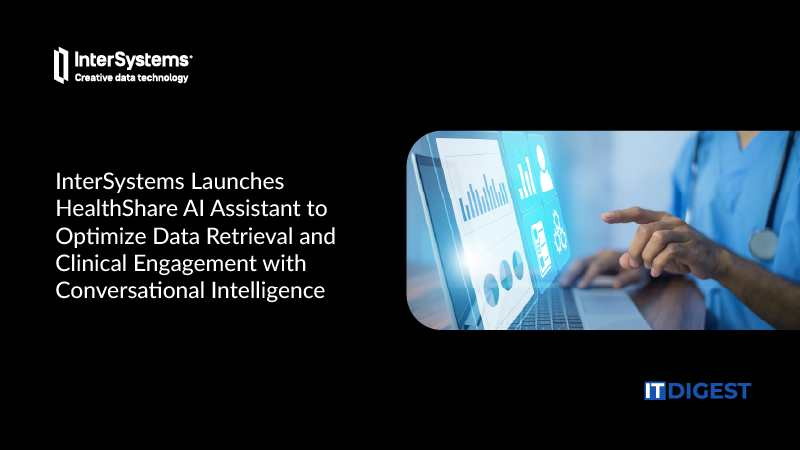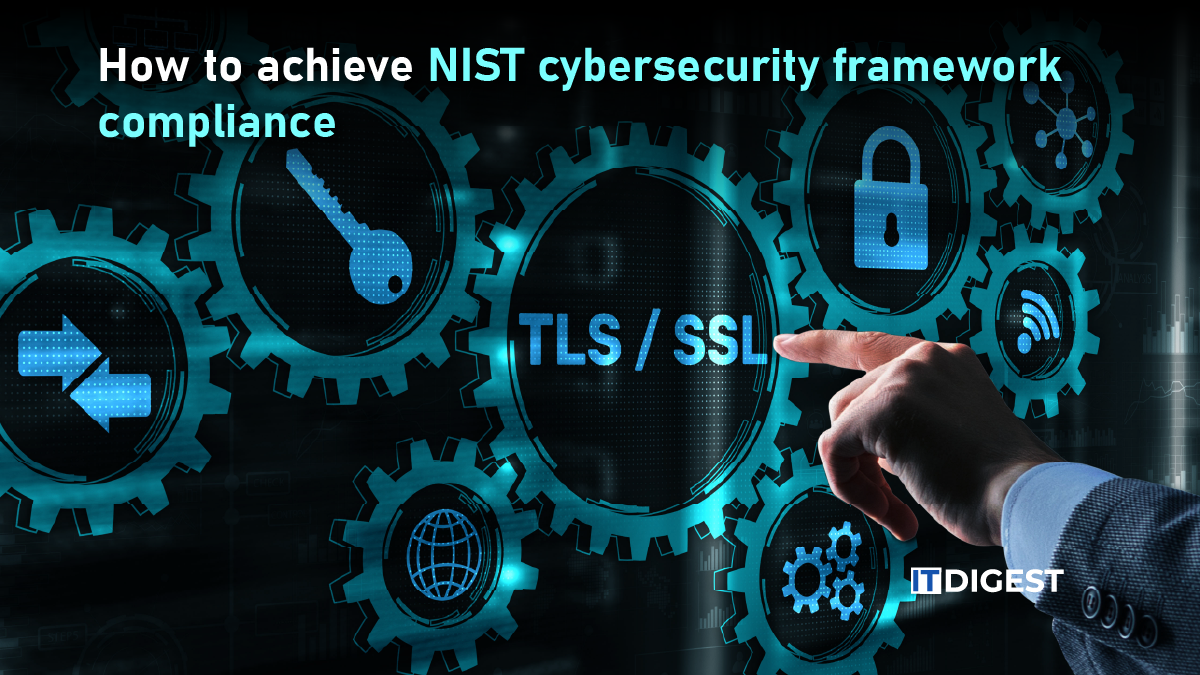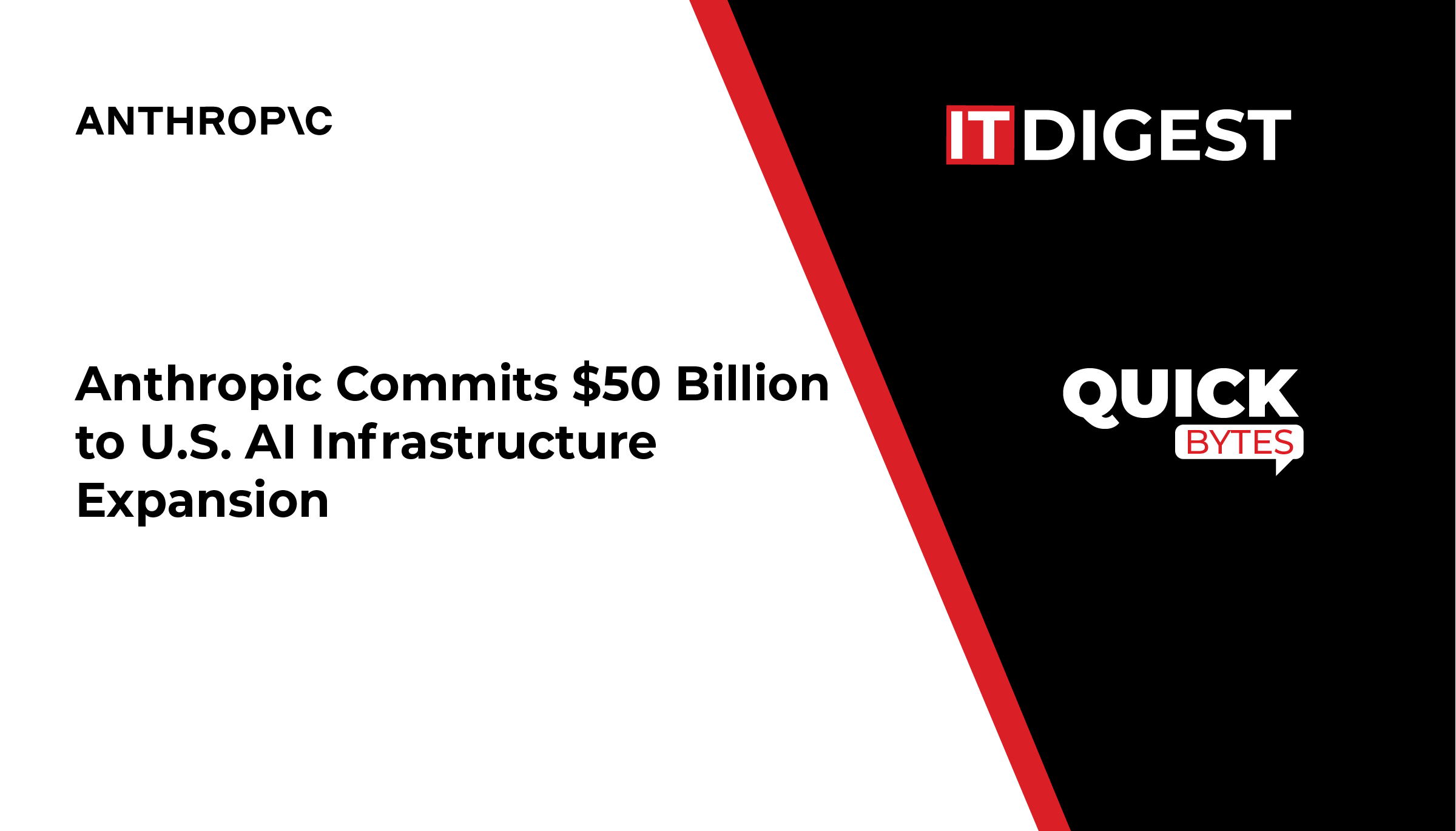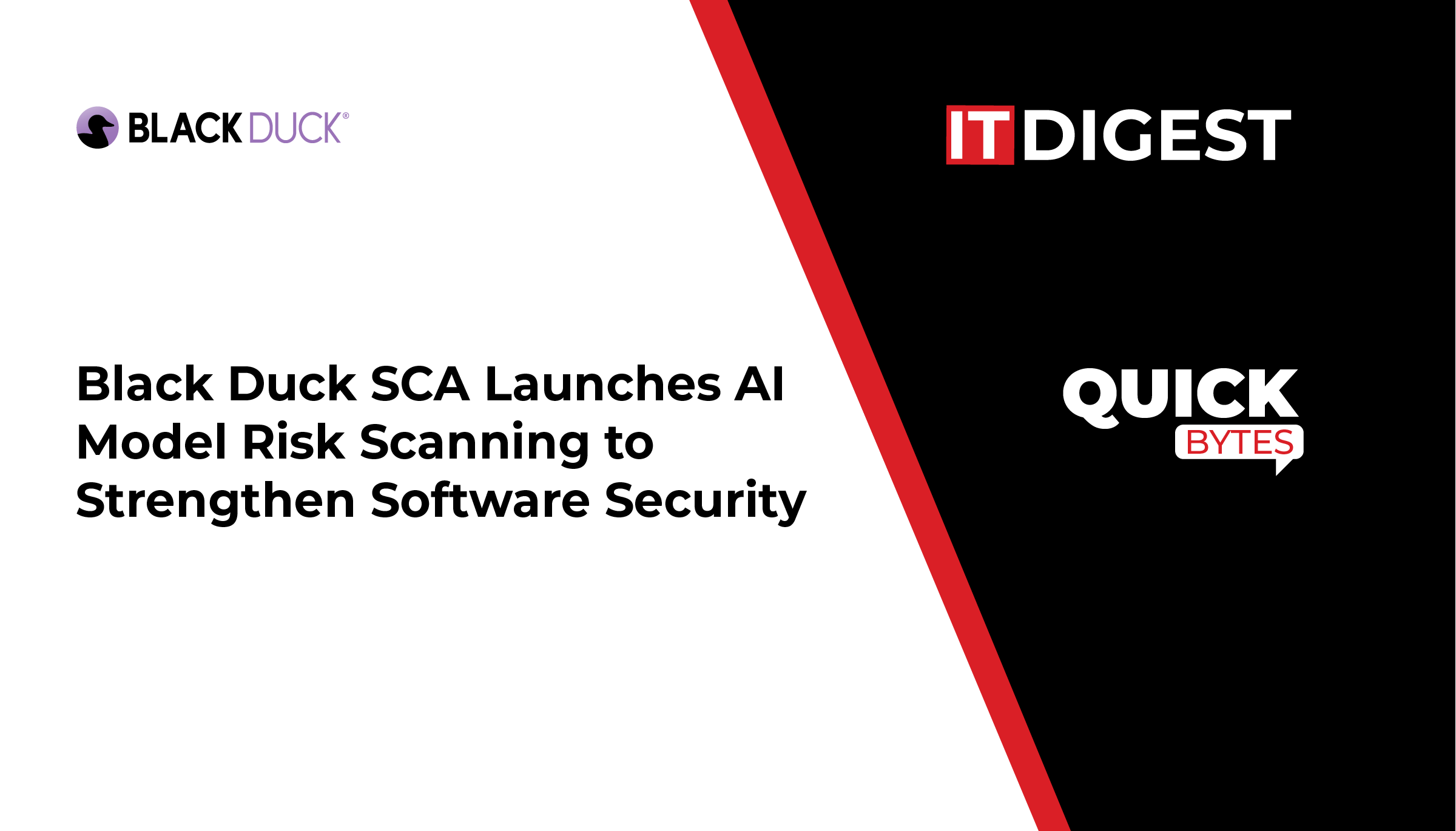Commvault, a recognized leader in unified enterprise-scale resilience, announced its new Commvault Cloud Unity platform release one of the most significant in the company’s history. This next-generation, AI-enabled version of Commvault Cloud now consolidates data security, cyber recovery, and identity resilience across cloud, SaaS, on-premises and hybrid environments.
As enterprises face mounting complexity, three key challenges have come into sharp focus:
1. The rapid growth of data driven by AI creates expanded threat surfaces.
2. Many organisations rely on disparate security products not designed to work together.
3. No one-size-fits-all solution exists; enterprises operate across multiple deployment models on-prem, cloud and hybrid and require resilience across all of them.
Against this backdrop, Commvault’s Cloud Unity platform is purpose-built to address these issues.
“Enterprises are facing the perfect storm: non-stop cyber threats, exacerbated by AI; attacks on identity systems; and recovery challenges that impact revenues and reputations,” said Pranay Ahlawat, Chief Technology and AI Officer, Commvault. “Commvault brought together the best engineering minds to create a transformative platform release that not only unifies resilience across disciplines and environments but can also help customers drive strong business outcomes.”
Bringing Together Data Security, Cyber Recovery and Identity Resilience
By merging these three crucial disciplines onto a single platform, customers gain access to a comprehensive solution suite that is engineered to work seamlessly across all deployment models.
• Data Security: Embedded within the platform are AI-powered capabilities such as intelligent discovery, classification, protection policy suggestions, as well as data & AI access governance, active monitoring and enforcement. The data security strength of Commvault Cloud is further enhanced by Commvault’s recent acquisition of Satori Cyber.
• Cyber Recovery: Organisations now have access to advanced AI-enabled recovery tools designed for the fastest and most complete recovery. For example, in the event of a cyberattack, IT and security teams can rely on Commvault’s new Synthetic Recovery offering to surgically remove compromised data while recovering the remainder.
• Identity Resilience: Commvault is extending its end-to-end Identity Resilience portfolio to help enterprises detect, audit and reverse subtle threats within identity systems such as Microsoft Active Directory.
“There have been hints of this type of platform in the industry where these disciplines are coming together,” said Jo Peterson, VP Cloud and Security, Cleartech Research. “But for the first time, Commvault has done it in a meaningful way that will truly advance resilience for enterprises globally.”
Platform Benefits at a Glance
Also Read: Red Hat OpenShift 4.20 Strengthens Platform Security, Accelerates AI & Virtualisation Across Hybrid Cloud Environments
The Commvault Cloud Unity platform release delivers several key advantages for organisations of all sizes:
• Unified protection across all workloads, clouds and locations: By centralising protection and recoverability, enterprises can reduce downtime and ensure high availability of trusted data critical in the AI-era.
• Unified governance across previously disconnected operations: Historically, security, identity and recovery teams have operated separate toolsets. With Unity, Commvault merges access and data policy monitoring, threat detection, enforcement and clean recovery into one unified workflow.
• Unified intelligence across disparate systems: By combining data security intelligence, identity-and-access insights and recovery analytics on a single platform, organisations can realise AI-enabled action designed to optimise resilience.
“Data security is the foundation of mission-critical IT infrastructure systems,” said Allen Downs, Security & Resiliency Vice President, Kyndryl. “By strengthening cyber resilience and recovery for essential services, organizations can better prepare to anticipate, protect against, withstand and recover from potentially disruptive events. In today’s environment, resiliency is an imperative.”
































